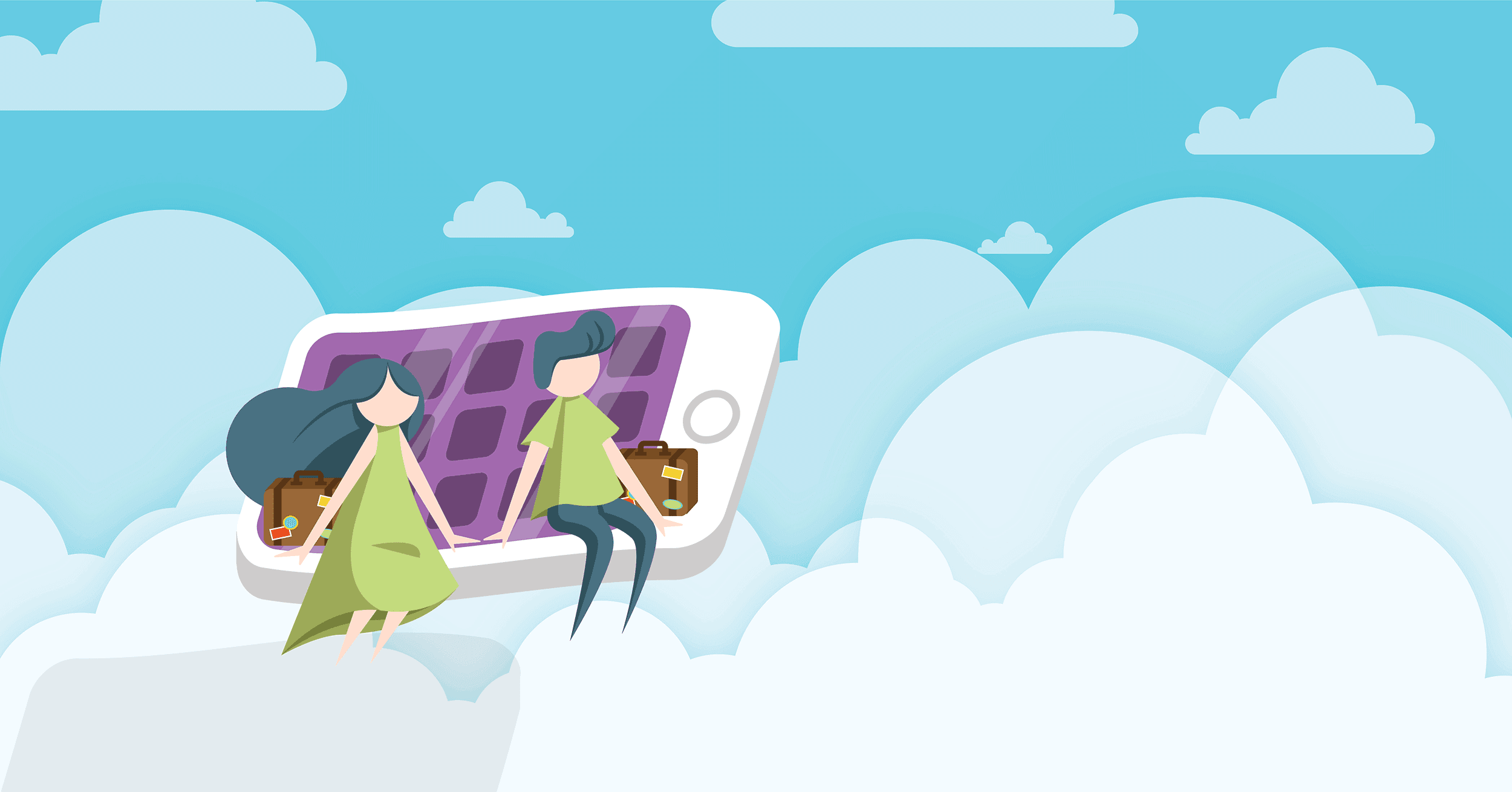
3 Ways Technology is Changing the Travel Industry
“Pleasure is found first in anticipation, later in memory.” – Gustave Flaubert
It seems almost obvious that vacations have been shown to reduce stress, boost overall mood and increase satisfaction. What is strikingly less obvious is how quickly this effect can fade. Just a few days after a traveler’s homecoming, stress returns; a slightly-more-tan version of you slides down that uncomfortable office chair and sighs. There is, however, an 8-week period of euphoric joy that occurs when planning and anticipating one’s vacation. In an online world in which many vacationers have become their own travel agents, it is crucial for destination marketers to make this experience as enjoyable and immersive as possible. Here are three ways technology has improved the destination-marketing world and why you should implement them into your marketing plans.
In a high-speed world, online browsers and shoppers are information-hungry. They come to a website in search of an instantaneous answer, and if they can’t find it on your site, there are millions of others to check instead. Artificial Intelligence, or AI, is being used before, during and after the vacation. AI, more specifically, chatbots, can help recommend hotels, flights, and rentals at a greater capacity than any human travel agent ever could. They can recommend the best places to eat brunch or dinner, or where to shop for souvenirs. AI won’t take a sick day, or (ironically) a vacation day. And it gets smarter over time, constantly collecting data to determine the habits of vacationers.
For example, if AI technology determines that the whole family is on a vacation, it may suggest a theme park. A romantic weekend away with just the spouse may trigger a recommendation for a spa or dinner cruise. Artificial intelligence technology is taking repetitive tasks like reports off of the marketing team’s plate, leaving them with more time to focus on the customer experience, creative and overall innovation.
360° imagery through Facebook 360 video or a VR headset provides a unique opportunity to demonstrate to potential travelers what exactly they can expect traveling to a destination. Users can drag around the image looking straight up into the sky and down onto the ground. Using 360 videos, travel marketers can expect a higher click-through rate and lower costs per click. More importantly, they can get a ‘broader view’ of your destination in hopes of inspiring travel.
Capturing memories on vacation is easier than ever.
Jump in the time machine as we remember the digital cameras travelers lugged around a few years back. These clunky contraptions could be dropped once and they were DOV (dead on vacation). Not long before, we relied on the glorified cardboard box known as the disposable camera. How did that picture turn out? Guess you’ll know when you order prints!
Now, we have smartphones like the iPhone XR that offers a 12-megapixel wide-angle camera, ƒ/1.8 aperture and only weighing 6.84 ounces. Many users, though they might not admit it, suffer from nomophobia (NoMoPhoneBia), which is the anxiety of not having one’s cell phone. Smartphones have contributed to the 1.2 trillion digital photos in 2017. Of these, 85 percent were captured using smartphones.
Travelers are already taking these photos. Let your brand capture these memories too by creating a unique hashtag on your social media channels. Kelsey Montague, the artist behind the totally Instagram-worthy angel wings, uses the hashtag But wait, I thought we were still planning the vacation? Consider this: 52 percent of social media users have been inspired to make travel plans based on pictures and events shared on a friend’s social media profile. Is your brand in the inspiration set?
Hoffman York, a full-service, integrated advertising and marketing agency, has experience taking destination marketing to new heights. Explore our Montana Tourism case study to see what we mean. Interested in learning more? Send us a postcard an e-mail at [email protected].